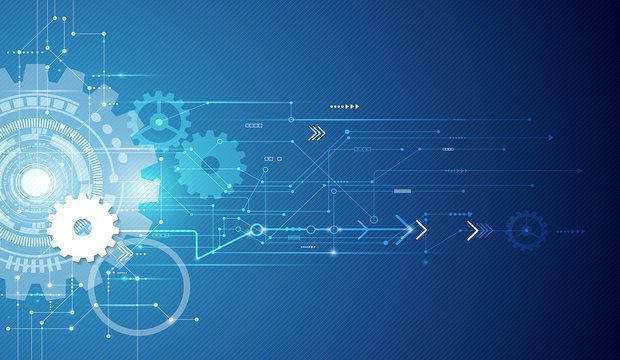Business Innovation Models
To remain competitive, successful businesses are willing to adapt, change and innovate and typically harness one or more of the models discussed in this article.
Business innovation involves developing new products or improving existing technologies, processes, designs and marketing to solve problems, increase efficiency, reach new customers, and ultimately increase profits.
Business innovators seek to reinvigorate a business, creating new value and boosting growth and/or productivity. They are willing to the work of analysis to introduces new or improved processes, services, or products to affect positive change in their business.
Business innovation matters because it means finding new revenue opportunities, optimizing existing channels, expanding markets and as a result, generating higher profits.
Organizations at different stages of development will have different reasons for business innovation. For some it may be reevaluating ways in which the business generates revenue. For others it may involve a refocus on a different industry altogether – or even to creating a brand new one! Models include the following:
1. Revenue Model Innovation: Re-assessing the products or services offered or the company’s actual pricing strategy. As an example, moving the business from a product only model to a products and services model would yield an incremental revenue stream.
2. Business Model Innovation: Businesses evaluate their processes, products or services to identify opportunities to improve profitability via new alliances, channel partnerships, outsourcing or new technology adoption.
3. Process Innovation: The challenge here is that while product innovation is often visible to your customers, a change in process is typically only seen and valued internally. Process facilities, skills, and technologies used to produce, deliver, and support a product or service. Generally, changes in process reduce costs of production more often than they drive an increase in revenue. It is typically the lowest-risk process.
4. Product Innovation drivers include technological advancements, changes in customer requirements, or product design. Product innovation is generally visible to the customer and should result in a greater demand for a product and comes in several different forms.
I. The development of a new product, such as the Fitbit and other personal fitness devices
II. An improvement of the performance of the existing product, such as an increase in the digital camera resolution of a mobile phone
III. A new feature to an existing product, such as the digital screen and controls on an automobile
5. Industry Model Innovation: An organization might choose to change industry completely or even create a whole new industry for themselves. Examples include the changes wrought be cloud adoption, AI and analytics in industries such as insurance.
Whatever the model, ideas for innovation emanate not only from management, but also from the bottom up from employees. This allows for a variety of ideas, where even the smallest may lead to an improvement, particularly where innovation efforts properly align with its business strategies.

